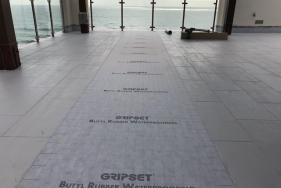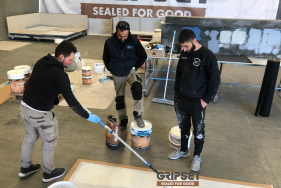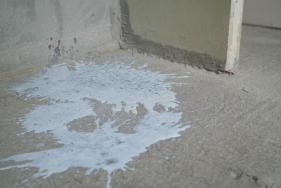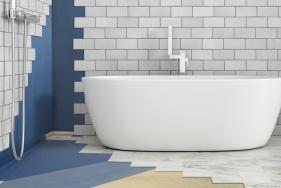Why Substrates Matter
As a
waterproofing professional, it is crucial that you assess and understand the
surface that you're waterproofing.
We are
frequently seeing new products enter the waterproofing market, and it’s not
unusual to be confronted with a new substrate on a building site and have to
find a solution, sometimes with limited details.
Each
substrate has its own characteristics and its critical points. For this reason,
you must carefully assess the type and the state of the substrate, find out
more details from the manufacturer and data sheets.
If you
don't know the surface type, you could potentially be compromising your whole
job, and worse still, it could come back to have you as the blame if the
substrate fails because you accepted it.
However
it’s not just new substrates that you need to research. There are still many
waterproofers working over substrates that have been out in the market for many
years now, such as Scyon, Hebel and yellow tongue flooring, who still do not
follow the data sheets from manufacturers. It's a huge risk thinking you're
doing the right thing out there and the manufacturer of that surface is
recommending something else.
So it's simple. Download data sheets, brochures or manuals and understand what
the substrate requirements are - before, during and once finished. Understand
exactly what's required, which priming system you're going to need to put on
there, and that will also determine potentially the type of waterproofing
membrane system you'll use. Do you choose a liquid, a sheet, cementitious, or
something else? You decide once you understand the substrate.
If you need more information on substrates and which ones require what
preparation, you can contact the Gripset technical team on 1800 650 435.
Share:





